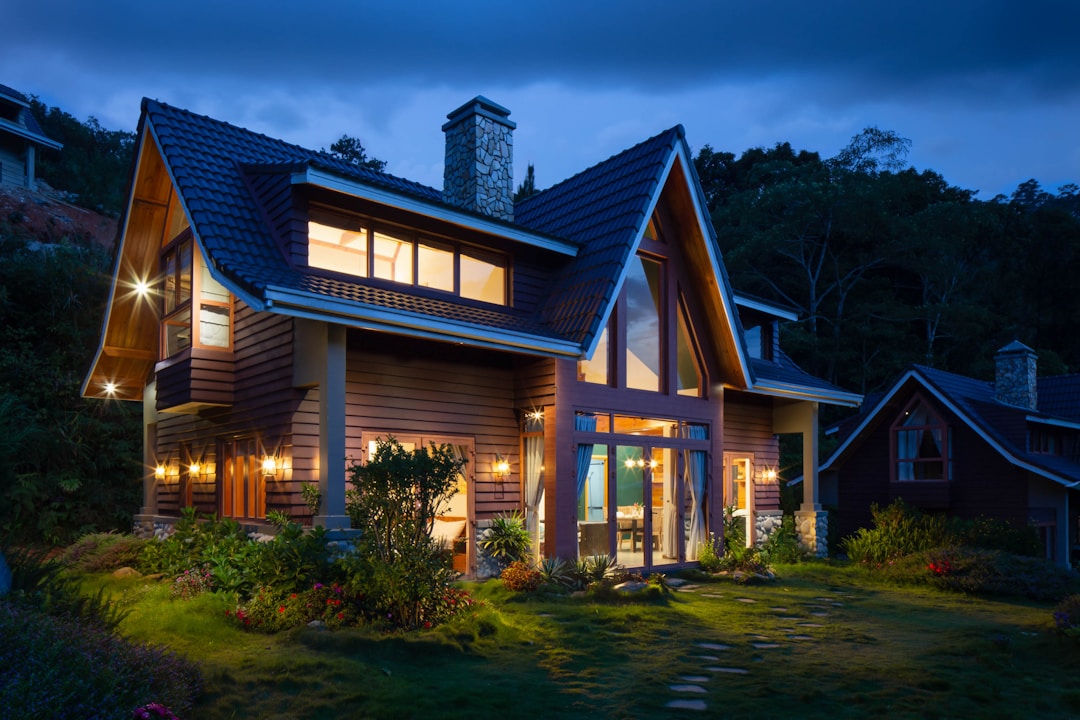Table of Contents
When it comes to transforming an aging home into a modern haven, a delicate balance between preservation and change is the key. Merging history with contemporary elements can bring a unique touch that no modern home can replicate. This renovation process can be quite complex and requires proper planning to meet any hidden challenges that may come along the way. In this article, we will illustrate the steps of taking an aging home and turning it into your dream living space.
Understanding the Structure of the Aging Home

First, it’s crucial to understand the existing structure of the home you’ve decided to renovate. An aging home is often filled with surprises hidden behind those aged walls. You should try to dig into the history of your home and get familiar with it. Align this understanding with your vision for the home’s change. It includes comprehending the strengths and weaknesses of the construction and how they can be optimized to fit modern aesthetics.
You can take guidance from a professional architect or a house inspector who can point out structural aspects, like the condition of the roof or basement. For instance, clogged drain services can be required if you have a clog. Having a clogged drain in your home can be more than just a minor inconvenience. A clogged drain can lead to a range of problems if not addressed right away. Standing water in your pipes can create a breeding ground for bacteria, leading to foul odors. Moreover, clogged drains can cause water to back up into your home, resulting in water damage to your floors, walls, and belongings.
Bear in mind that renovating an older home means respecting its original design while giving it a modern facelift. Keep the charm of the yesteryears but upgrade its facilities to meet the convenience of the present. Some key elements to consider include insulation, wiring, plumbing, and foundations. These structural elements of your home need to be sound and efficient so that your renovation efforts are worthwhile.
Raised Foundation Repair becomes imperative when dealing with aging homes, as the foundation is a critical component of any structure. Over time, factors such as soil settlement, moisture fluctuations, and seismic activities can take a toll on the foundation, leading to issues like cracks and uneven settling.
Designing Your Vision
Once you have understood the structure’s dips and curves, the next step is crafting a design vision. A unifying vision restores an old home and brings coherence to what might otherwise be a disjointed, piecemeal effort. A good vision combines the best of the old and the new—preserving the parts that speak about its past, yet ensuring that it offers the comfort and functionality of modern homes.
A great way to initiate the design process is by compiling a list of things you love about your home and the things you would like to change. A timber and builders merchant can help you with all the resources. They have an extensive selection of materials, such as timber, bricks, cement, tiles, and insulation, ensuring that you can find exactly what you need for your project. Whether you are repairing the roof, replacing old doors and windows, or constructing a new extension, these merchants supply a wide range of products to suit your specific requirements.
Use the architectural details of the home to guide the renovation, but also think about how modern innovations can enhance the home’s livability. This could mean anything from adding modern heating systems to a new kitchen layout. Kitchens in particular can add value to your home. Respect the home’s heritage while making it compatible with your lifestyle.
Managing Renovation Budget

Renovating an existing home usually costs less than buying a new one, but you need to plan your budget for maintenance and repairs wisely. Managing the budget for renovation requires one to account for both visible and hidden costs. Visible costs include labor and materials, while hidden costs are those unexpected issues that are not obvious during the initial planning stages. Unfortunately, older homes are prone to hidden problems like outdated electrical systems, damaged plumbing, or structural problems, all of which can take a toll on your budget.
Therefore, it’s always a smart move to keep a contingency budget. Meanwhile, keep track of all purchases and labor costs, and constantly update the budget sheet to have a clear understanding of where the money is being spent. While managing the budget, invest wisely in important areas of the house that add value in the long run like your landscaping and the bathrooms.
As you can clearly see, renovating an older home can be a unique and fulfilling endeavor. Always remember that this process is a delicate blend of preserving the past and embracing the future, thus creating a unique living space that holds the charm of yesteryears. Respect the core structure and heritage while giving it a modern flare to keep pace with the times. Overall, magically seeing your vision convert into reality can be one of the most gratifying experiences.



